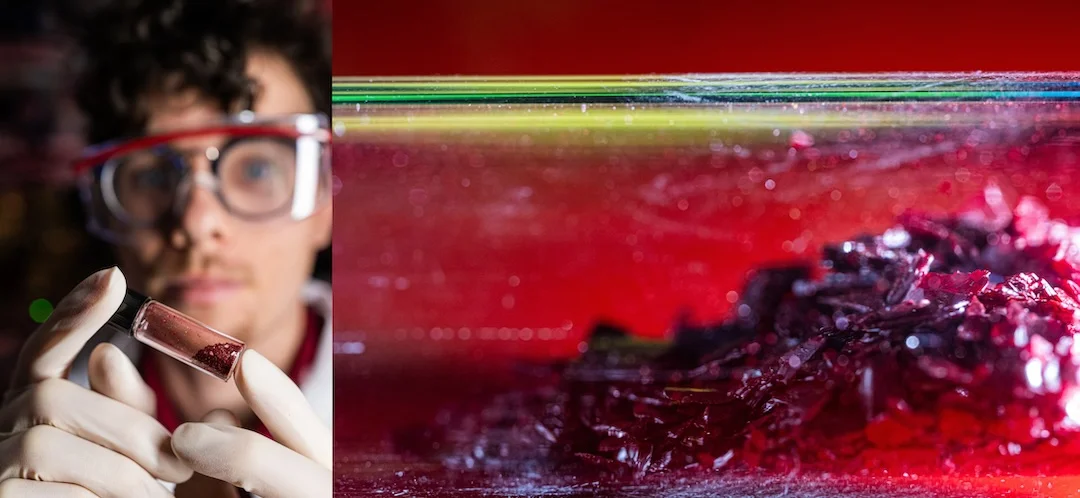Rice University researchers, led by Aditya Mohite and Isaac Metcalf, have made significant advancements in perovskite solar cell stability, bringing them closer to market-ready standards. The team improved the stability and efficiency of formamidinium lead iodide (FAPbI3) solar cells by “seasoning” the precursor solution with specially designed two-dimensional perovskites. This process resulted in solar cells that degraded less than 3% over 1,000 hours of operation at high temperatures. The findings could revolutionize energy production, making solar panels lighter, more flexible, and cheaper to manufacture than silicon-based alternatives.
Advancements in Perovskite Solar Cell Stability
A recent study conducted by Rice University has made significant strides in the field of perovskite solar cell stability. The research, featured on the cover of Science, outlines a method to synthesize formamidinium lead iodide (FAPbI3) into high-quality photovoltaic films. FAPbI3 is a type of crystal currently used to create the most efficient perovskite solar cells. The resulting FAPbI3 solar cells demonstrated a decrease in overall efficiency of less than 3% over more than 1,000 hours of operation at temperatures of 85 degrees Celsius (185 Fahrenheit).
The Role of 2D Perovskites in Solar Cell Stability
The key to this breakthrough was the introduction of specially designed two-dimensional (2D) perovskites to the FAPbI3 precursor solution. These 2D perovskites served as a template guiding the growth of the bulk/3D perovskite, providing added compression and stability to the crystal lattice structure. While 2D perovskites are typically not great at harvesting light, making them a poor choice of material for solar cells, the researchers hypothesized that 2D perovskites used as templates for growing FAPbI3 films might impart their stability to the latter.
Testing the Hypothesis: The Impact of 2D Perovskites on FAPbI3 Solar Cells
To test this idea, the researchers developed four different types of 2D perovskites and used them to make different FAPbI3 film formulations. The addition of well-matched 2D crystals made it easier for FAPbI3 crystals to form, while poorly matched 2D crystals actually made it harder to form. FAPbI3 films templated with 2D crystals were higher quality, showing less internal disorder and exhibiting a stronger response to illumination, which translated as higher efficiency.
The Future of Solar Energy: Perovskite Solar Cells
These findings could have a transformative impact on light-harvesting, or photovoltaic, technologies, further reducing manufacturing costs and enabling the construction of solar panels with a simplified structure that are lighter weight and more flexible than their silicon-based counterparts. Perovskite solar panels can be made on plastic or even flexible substrates, which could further reduce costs.
The Urgency of Transitioning to Solar Energy
The urgency of transitioning to solar energy is underscored by the need to meet the greenhouse gas emissions 2030 target and prevent a 1.5 degrees Celsius rise in global temperatures. Advancements in solar energy technologies and infrastructure are critical for achieving these goals. The research was supported by several institutions, including the U.S. Department of Energy, the Hertz Foundation, the National Science Foundation, and the Air Force Research Laboratory.
External Link: Click Here For More

